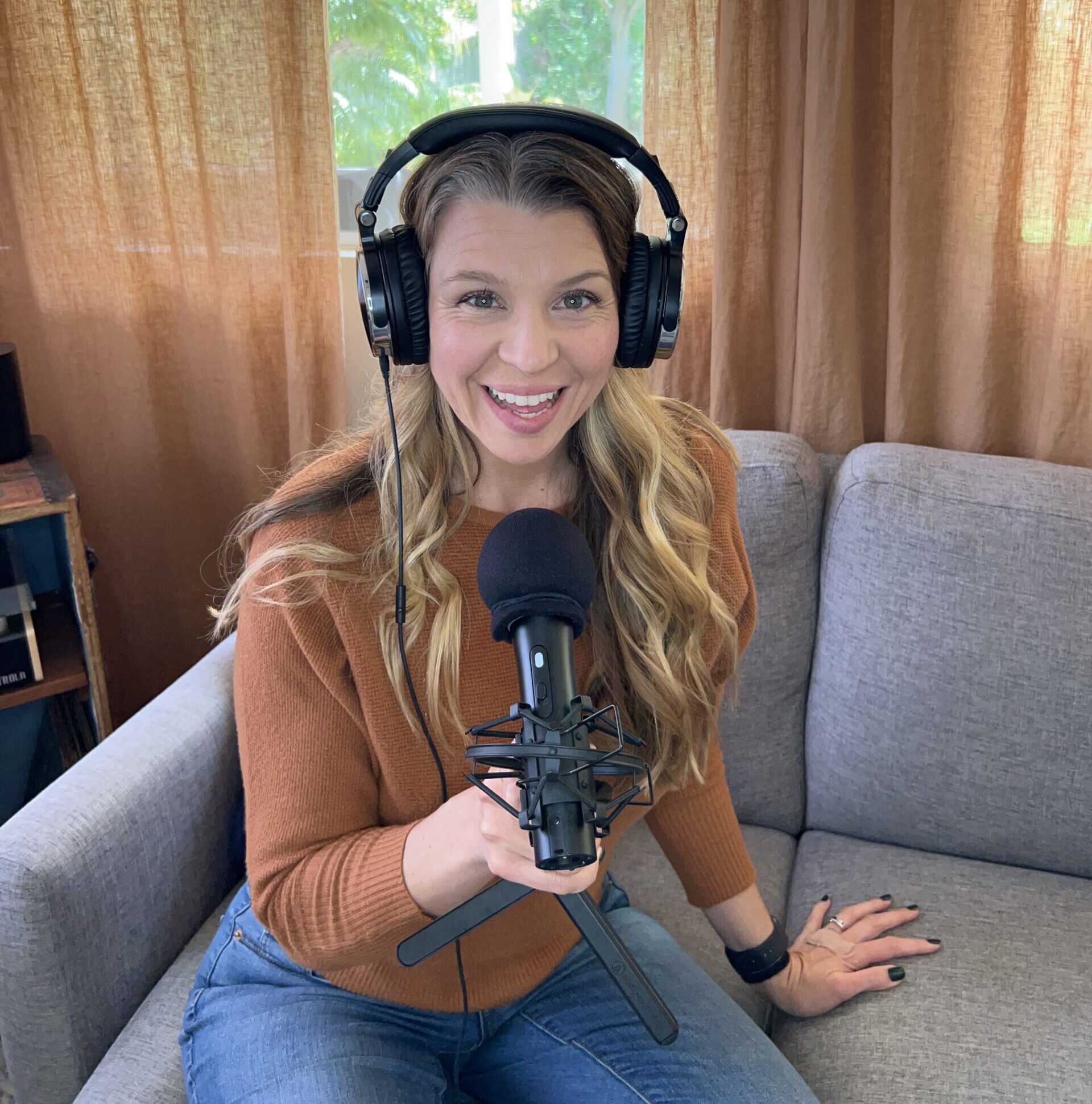Do you ever feel like you’re constantly juggling a million things, yet never seem to make any real progress towards your goals? Do you struggle with focus, organization, and time management, despite your best efforts? If so, you’re not alone. Many high-achieving women are discovering that they have ADHD, a neurodevelopmental condition that affects attention, impulsivity, and hyperactivity.
In this blog post, we’ll dive deep into the world of ADHD with Nikki Kinzer and Pete Wright, co-hosts of Taking Control: The ADHD Podcast and authors of the new book, “Unapologetically ADHD: A Step-by-Step Framework for Everyday Planning on Your Terms.” We’ll explore the unique challenges and strengths of ADHD, discuss the rise of diagnoses in women, and offer practical strategies for managing your time, staying organized, and living a more fulfilling life.
The ADHD Landscape: Why More Women Are Being Diagnosed Later in Life
For many years, ADHD was considered a “childhood disorder,” primarily affecting boys. However, in recent years, there’s been a significant increase in the number of women being diagnosed with ADHD later in life.
Why is this happening?
There are several factors at play:
- Increased Awareness: There’s greater awareness of ADHD and its symptoms, leading more women to recognize the signs in themselves.
- Changing Gender Norms: As traditional gender roles evolve, women are pursuing more demanding careers and taking on more responsibilities, which can exacerbate ADHD symptoms.
- Masking: Women with ADHD often develop coping mechanisms to mask their symptoms, making it harder to recognize the condition.
- Hormonal Fluctuations: Hormonal changes during puberty, pregnancy, and menopause can significantly impact ADHD symptoms in women.
It’s crucial for women to be aware of the signs and symptoms of ADHD, as early diagnosis and intervention can lead to improved quality of life and greater success in all areas.
ADHD Symptoms: Beyond the Stereotypes
ADHD is often misunderstood, with many people still associating it with hyperactive young boys who can’t sit still. However, ADHD can manifest in various ways, impacting different areas of life.
Common Symptoms of ADHD:
- Inattention: Difficulty focusing, easily distracted, forgetfulness, disorganization
- Hyperactivity: Restlessness, fidgeting, difficulty staying still, excessive talking
- Impulsivity: Acting without thinking, interrupting others, difficulty waiting your turn, emotional reactivity
How ADHD Can Impact Your Life:
- Time Management: Struggling to prioritize tasks, meet deadlines, and manage your schedule effectively.
- Organization: Difficulty keeping track of belongings, managing paperwork, and maintaining a tidy environment.
- Emotional Regulation: Experiencing intense emotions, mood swings, and difficulty managing frustration or anger.
- Relationships: Struggling with communication, impulsivity, and emotional reactivity can strain relationships with partners, family, and friends.
- Self-Esteem: Feeling overwhelmed, inadequate, and frustrated by your challenges can negatively impact self-esteem.
It’s important to remember that ADHD is not a character flaw or a lack of willpower. It’s a neurodevelopmental condition that affects the brain’s executive functions, making it harder to manage attention, impulses, and emotions.
The 4 I’s: A Framework for Living with Intention
In their book, “Unapologetically ADHD,” Nikki Kinzer and Pete Wright introduce a practical framework for managing ADHD and living a more intentional life.
The 4 I’s:
- Inventory: Take stock of your current situation, identify your challenges, and acknowledge your strengths.
- Identity: Understand your ADHD and how it affects you specifically. Embrace your neurodiversity and recognize your unique strengths and challenges.
- Intention: Set clear intentions for how you want to feel and what you want to achieve. Align your goals with your values and aspirations.
- Imperfect Action: Take small, consistent steps towards your goals, giving yourself grace along the way. Don’t let perfectionism hold you back.
By applying this framework, you can gain greater control over your life, reduce overwhelm, and achieve your goals in a way that feels authentic and fulfilling.
Finding Support and Building Community
Living with ADHD can be challenging, but you don’t have to do it alone. There are many resources and support systems available to help you thrive.
Here are a few suggestions:
- Seek Professional Help: If you suspect you have ADHD, consult with a qualified healthcare professional for diagnosis and treatment options.
- Connect with Other Adults with ADHD: Join support groups or online communities to connect with others who understand your experiences.
- Explore Coaching: An ADHD coach can provide personalized guidance and support to help you develop strategies for managing your challenges and achieving your goals.
- Educate Yourself: Learn as much as you can about ADHD and how it affects you specifically.
- Practice Self-Compassion: Be kind to yourself and acknowledge that ADHD is a real condition, not a personal failing.
Embracing Your Neurodiversity
Living with ADHD can be challenging, but it also comes with unique strengths and perspectives.
Here are a few common strengths associated with ADHD:
- Creativity: People with ADHD often have vivid imaginations and are able to think outside the box.
- Passion and Enthusiasm: When they’re interested in something, people with ADHD can be incredibly passionate and driven.
- Hyperfocus: The ability to hyperfocus on tasks that capture their interest can be a valuable asset.
- Resilience: Having overcome challenges throughout their lives, people with ADHD often develop resilience and determination.
By embracing your neurodiversity and focusing on your strengths, you can create a life that is both fulfilling and successful.
Living By Design with ADHD
Living with ADHD doesn’t mean you have to settle for a life of chaos and overwhelm. By understanding your condition, developing effective strategies, and building a supportive community, you can take control of your life and achieve your goals.
Here are a few tips for living by design with ADHD:
- Prioritize Self-Care: Make sure you’re getting enough sleep, eating a healthy diet, and engaging in activities that help you manage stress.
- Create Structure and Routine: Establish routines and systems to help you stay organized and on track.
- Break Down Tasks: Divide large tasks into smaller, more manageable steps.
- Use Visual Aids: Use calendars, to-do lists, and other visual aids to help you stay organized and remember important information.
- Minimize Distractions: Create a dedicated workspace and minimize distractions when you need to focus.
- Practice Mindfulness: Engage in mindfulness practices like meditation or deep breathing to help you stay present and focused.
- Celebrate Your Successes: Acknowledge your accomplishments and celebrate your progress, no matter how small.
Remember, living by design means creating a life that is aligned with your values, your strengths, and your unique needs. With the right tools and support, you can thrive with ADHD and achieve your full potential.
Connect with Nikki Kinzer and Pete Wright
- Website: takecontroladhd.com
- Podcast: Taking Control: The ADHD Podcast
- Book: “Unapologetically ADHD: A Step-by-Step Framework for Everyday Planning on Your Terms”
- Facebook: Facebook.com/takecontroladhd
- Instagram: @takecontroladhd
- Pinterest: pinterest.com/takecontroladhd
Additional Resources
Let’s live by design, not by default!





